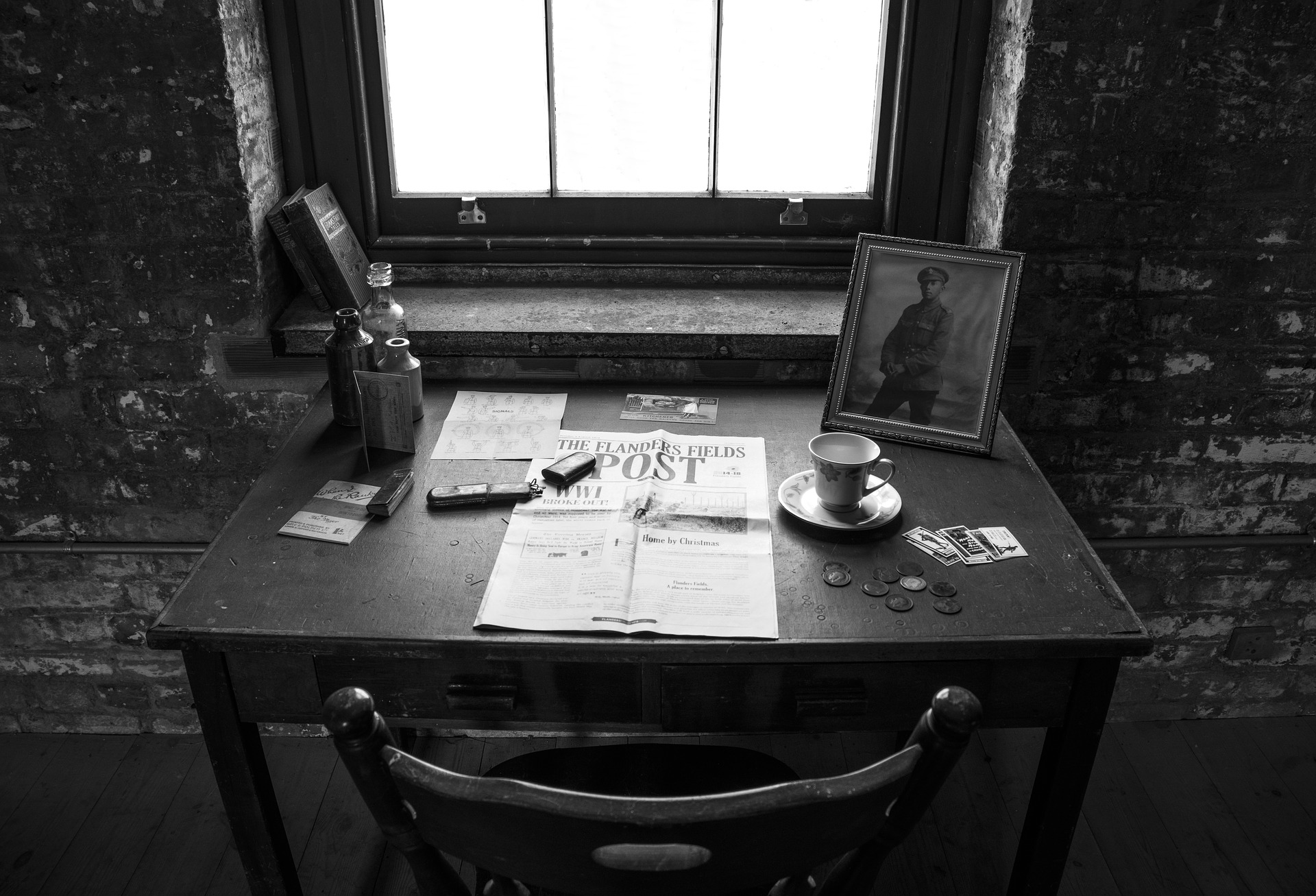
It was during the First World War that Colonel John McCrae, a Canadian Lieutenant wrote the poem” In Flanders Field”. It is basically a war poem written on May 3, 1915, after presiding over the funeral of a friend and fellow soldier Lieutenant Alexis Helmer, who died in the Second Battle of Ypres. This poem… Continue reading Analysis of ‘In Flanders Fields’ by John McCrae: 2022

The poem is written by the American poet Jack Prelutsky. He was born on September 8, 1940, in Brooklyn, New York. He grew up in a working-class neighborhood comprising of Jewish, Irish & Italian families. In 2006 he was named the first Children’s Poet Laureate by the Poetry Foundation. This poem was inspired by his… Continue reading As Soon as Fred Gets Out of Bed Analysis: 2022
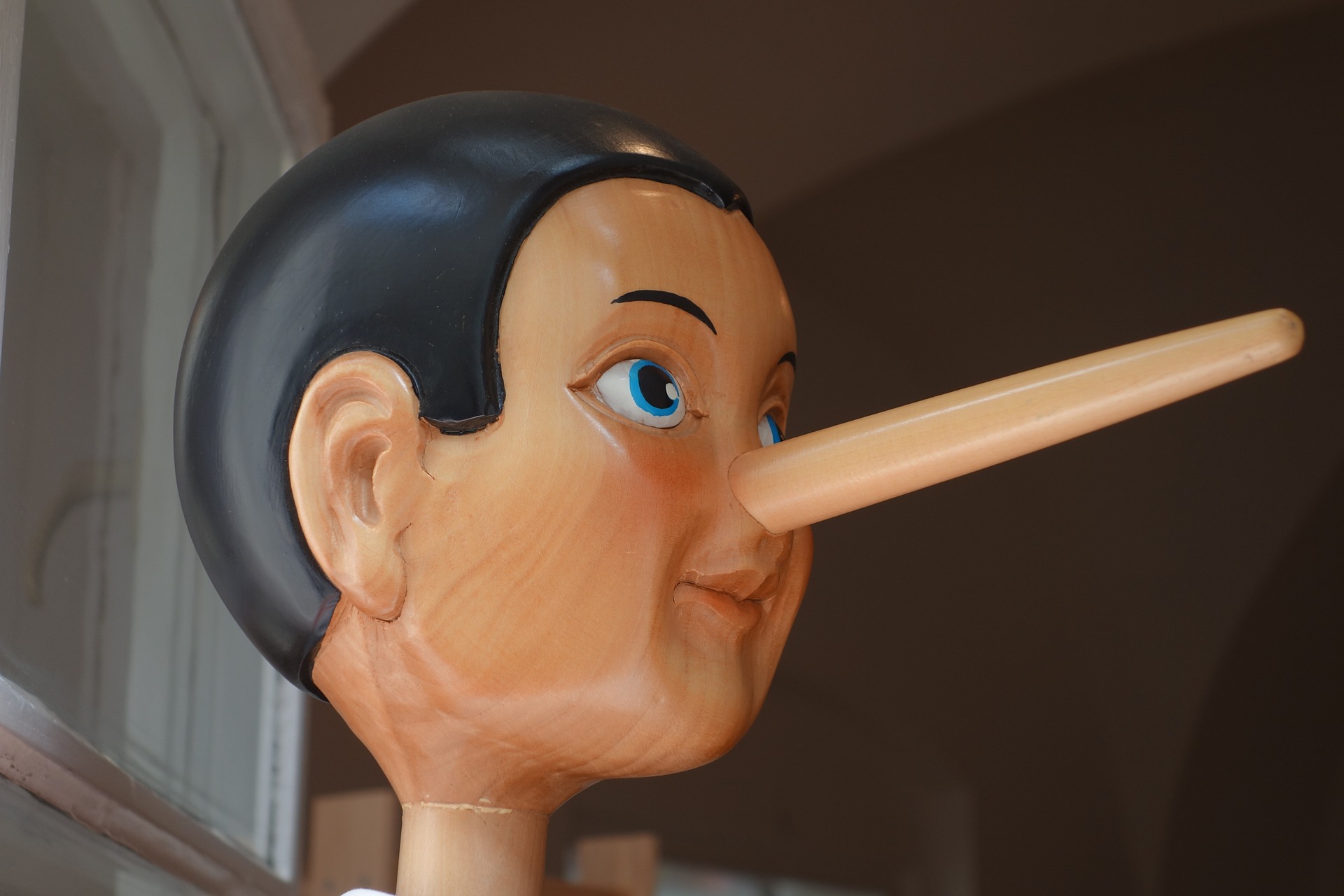
“Be Glad Your Nose Is On Your Face” is a poem written by the American poet Jack Prelutsky. He was born on September 8, 1940, in Brooklyn, New York. He grew up in a working-class neighborhood comprising of Jewish, Irish & Italian families. In 2006 he was named the first Children’s Poet Laureate by the… Continue reading Be Glad Your Nose is on Your Face Analysis by Jack Prelutsky: 2022

Solved Questions of A Thing of Beauty: 1. How is a thing of beauty a joy forever? A thing is said to be a ‘thing of beauty,’ for the reason that it is a source of joy forever. When we think of it we should be happy and in its absence too, it should fill… Continue reading Solved Questions of A Thing of Beauty by Keats: 2022
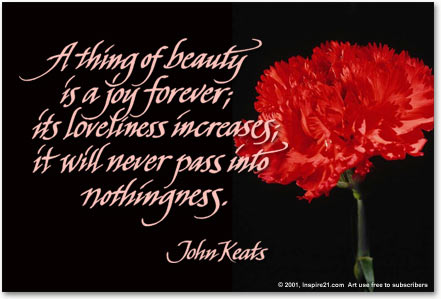
About the Poet: John Keats, one of the supreme English poets and a major figure in the Romantic Movement, was born in 1795 in Moorfields, London. His initial endeavors at writing poetry date from about 1814, and include an imitation of the Elizabethan poet Edmund Spenser. He died at the age of twenty-five and had… Continue reading Summary and Meaning of A Thing of Beauty by Keats: 2022
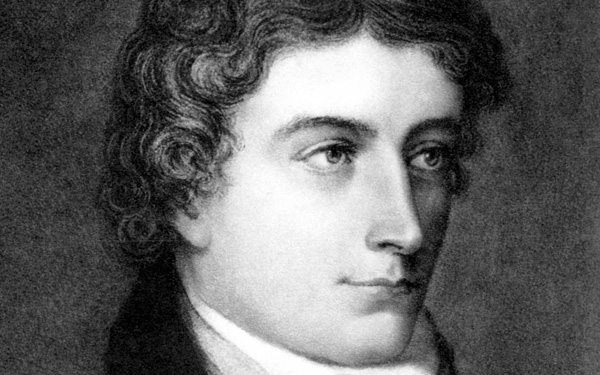
The poem On the Grasshopper and Cricket is a sonnet by John Keats. The poem was composed in the December of 1816 when the poet was twenty-one years of age. It was published posthumously in ‘The Poetical Works of John Keats’ in 1884. Central Idea of On the Grasshopper and Cricket: The central idea of the poem is… Continue reading Central Idea and Theme of On the Grasshopper and Cricket by Keats: 2023
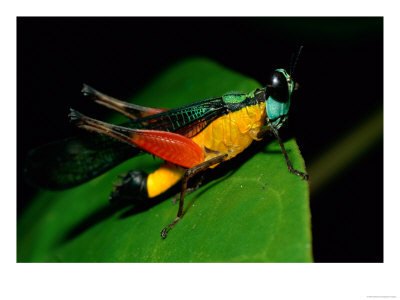
About the Poet: John Keats (1795–1821) was one of the leading figures in the second-generation Romantic poets. Born in London, he was the son of Thomas Keats and Frances Jennings. Thomas Keats was an ostler who married the daughter of his master, from whom he inherited the business. Keats’s family was of a humble heritage,… Continue reading Summary and Analysis of On the Grasshopper and Cricket by Keats: 2023
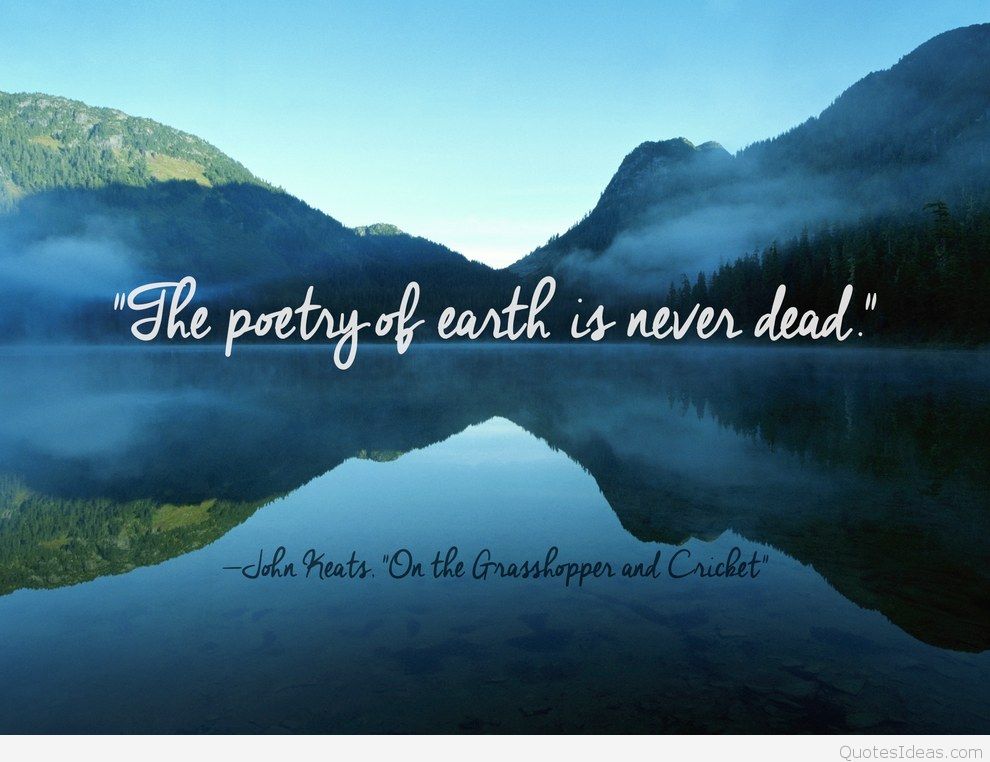
The Poetry of Earth: Short Questions: Solved 1. “The poetry of earth is never dead”- What does the poet mean by it? Answer: By this, the poet means that the songs and music of nature will never stop. It would go on without any break. Nature and poetry, i.e., music, are so linked that they… Continue reading The Poetry of Earth: Short Solved Questions: 2023
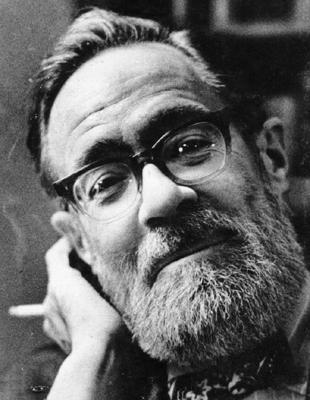
The Ball: Analysis This poem can be interpreted both literally and metaphorically. If taken literally, it is a soulful picture of a little boy growing up and learning to deal with the loss of the first thing he has ever held dear. If taken metaphorically, it is the story of mankind learning to deal with… Continue reading The Ball: Analysis, Central Idea, and Theme: 2022
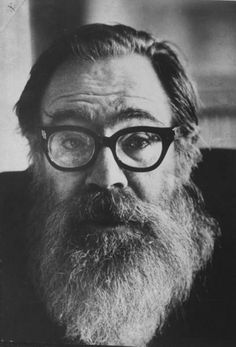
About the poet: John Berryman was born John Smith in McAlester, Oklahoma, on 25th October 1914. He taught at many American universities, ending at the University of Minnesota. In his writing, Berryman was influenced by Yeats, Auden, Hopkins, Hart Crane and Ezra Pound. In his early work like Poems (1942) and The Dispossessed (1948), he displayed great technical control in poems that… Continue reading Summary of The Ball Poem by John Berryman: 2022





